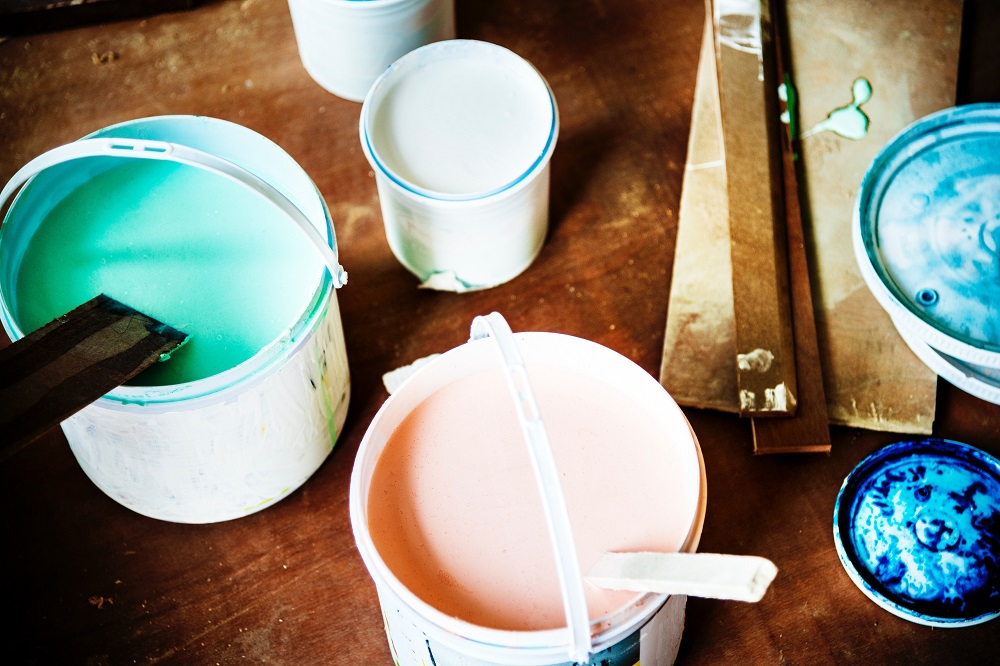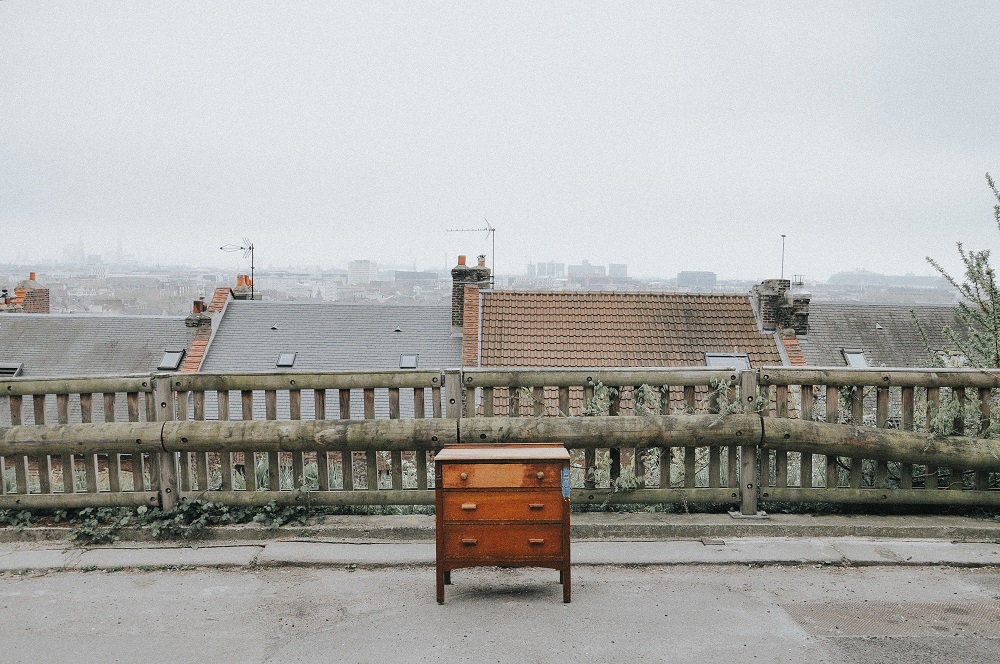Upcycling can be the perfect way to update and renovate an older piece of furniture, or a home accessory, that might have seen better days. However, it can seem like quite a daunting DIY project to undertake if you don’t know the tips and tricks of the trade.
Not to worry though, it looks far more complicated than it is and, if you know what to do and how to do it, you should have no problem. Read on to find out everything you need to know about how to upcycle and get creating!

Choose your pieces
When considering upcycling, it can be quite common to start out with a simple piece of furniture, such as a bench or a cabinet, since they’re both quite easy pieces to revitalise. We wouldn’t want to discourage you from choosing these pieces but, when you’re looking for furniture to upcycle, remember that imagination is very helpful.
You may not initially think so, but something like a washing machine drum could actually work very well as a garden planter, or a standing ladder could become a wonderful bookshelf. Look for the unique and the unusual, and you’re much more likely to have something completely one of a kind when you’ve finished your project.
Check old car boot sales and charity shops before you buy something vintage on the high street – you could create it yourself for a fraction of the cost.
Preparation is key
If you’re getting ready to start an upcycling project, make sure you plan ahead. Ensure you have all the tools and equipment you may need, such as paintbrushes, sanding paper, or screwdrivers for dismantling.
Wipe down the pieces of furniture you’re upcycling too – even before you start stripping paint or dismantling – just to make sure you remove all dust. You wouldn’t want dust in your paint!
Invest in good paintbrushes
A good paintbrush can make all the difference to an upcyling project – we’re sure you’d much rather your furniture piece was artfully distressed, instead of you being distressed to find bristles in your work and gaps in the paint coverage.
If you’re buying new paint for your project, consider buying brushes from the same brand, since many companies now produce brushes that work well with their own paint. Protect your brushes, and paint, against drying out by covering them in clingfilm during coats and cleaning them as soon as you’ve finished.
Remember these handy little tips
Not every upcycling project is the same, so we’re sure you won’t need to follow all our advice in this section, but here are a few things that could help you save some time.
Collect old, odd socks and use them to apply wax to furniture – as long as they’re not too fluffy. That way, you can save buying a new cloth, and get rid of those socks that have been lurking around without a partner for a long time!
If you’re painting something with drawer handles, make sure to remove them before you paint. If you’re replacing the drawer handles, their surface area could be smaller than the original ones, and you wouldn’t want a circle of unpainted surface.
Keep an eye out on the market for any new products that could make your job easier. For example, there are often new outdoor paints, chalk paints and stains on the market that could change how your upcycling piece looks.

Don’t forget to protect your piece
Once you’ve finished your project, the last thing you’d want is for it to be damaged once it’s put to use. Always protect your piece with a varnish or glaze that is suited to the kind of daily wear and tear it’s likely to go through.
For example, using a heat protecting varnish would work best on a kitchen table to protect against hot plates or serving dishes. An easy wipe varnish would suit a coffee table, where drinks are more likely to get spilled.
If you’re looking to start an upcycling project and need more space to complete it, there are a couple of ways that we at Titan Storage could help. If you’re looking to store some items from your home to make space in a room or garage, we have a variety of different sized units that you can rent for as long or short a period as you’d like. Or, if you don’t have enough space in your home, why not rent a storage unit to use as your studio? Find out more by contacting the team here, or get a quote today.
